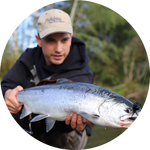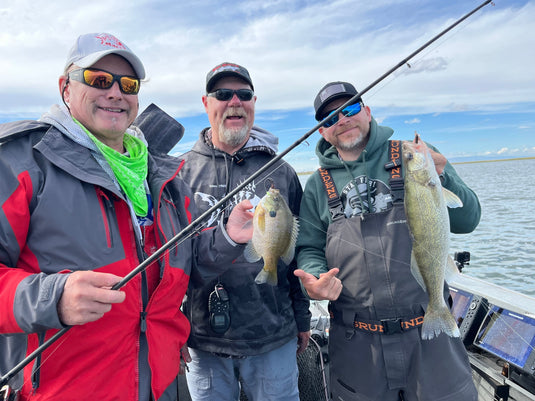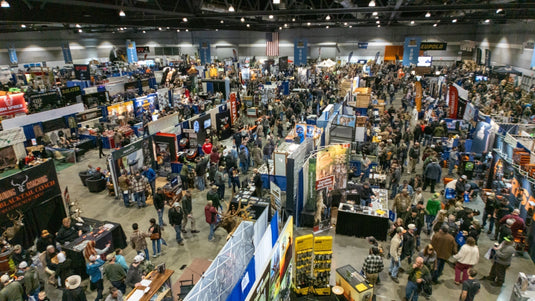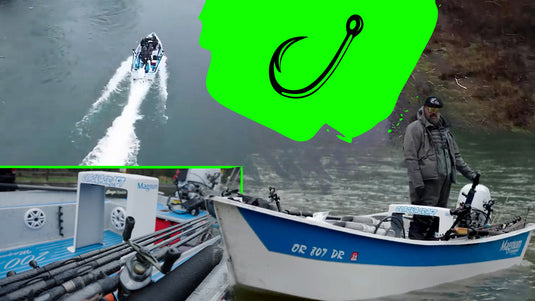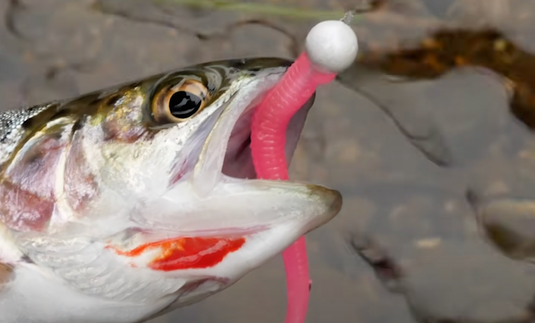Salmon & Steelhead declines in Southwest Washington
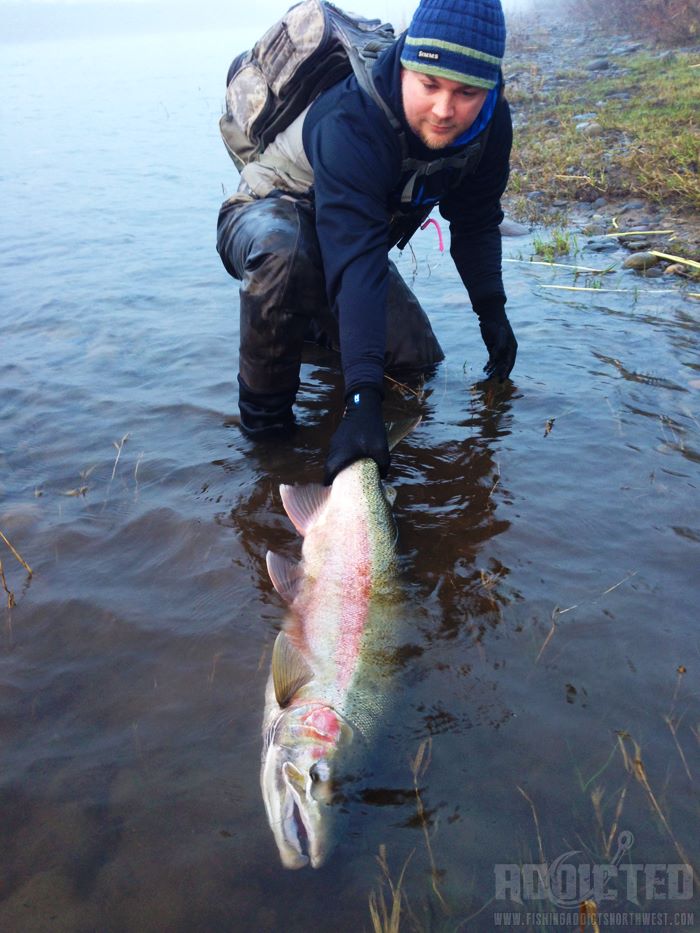
 A large & rare wild steelhead.
A large & rare wild steelhead.
The following is a short interview with Richard Dyrland, a hydrologist and river conservationist. He is an active participant in the conservation of our local streams & rivers. I met him during a plant of Chum Salmon into one of our Southwest Washington rivers – The Lewis to be specific. Upon meeting Richard, I was immediately struck by his down-to-earth manner and caring spirit towards our water systems and fish populations. Below are my questions and his answers. I hope they shed some light into the state of our fisheries.
-
What prompted you to get involved in river conservation? - I have been involved in conservation ever since I graduated from forestry school and worked for Weyerhauser Timber Company and was aware of peoples impact on watersheds. I went into the US Army and afterward went to graduate school in watershed management and hydrology. I worked as a Regional Hydrologist in several western regions as well as on a federal government National Stream Team. Upon retiring I got involved with local stream restoration and had help from a network of people I had worked with before in watershed management across the USA.
- How long have you been involved?- About 46 years.
- What is your outlook on the future of Columbia River Tributaries? - Not very good —unless various conservation and fisheries group unite to get the word out that water and good land stewardship and conservation are critical to our future economic and social well-being. We need to do a more effective job of making the public, including all age groups, more aware of the importance and consequences of responsible land stewardship, water & watershed management. The Pacific NW is on the threshold of major changes that will affect our short-term and long-term quality of life. We need to take united effective action now.
-
In your opinion, which is the biggest factor in native fish decline? - State and Federal fish and watershed management policy and operational implementation are not working and there is a continued effort to continue the “illusion” that they will. It is time to “think outside the box” and make real changes. Hatchery management has actually changed little over the last 60 years. Most adjustments are either cosmetic or marginal at best. They are not getting sustained positive results while costs keep increasing. Wild fish restoration is not working and populations are crashing. The system is similar to links in a chain. Key components are ocean harvest, hatcheries, watershed conditions and habitat, nutrients, etc. Hatchery programs are having a substantial negative effect on recovery of wild populations while having their own degradation of genetic viability. Habitat needs improvement but continued competition between hatchery and wild fish for that habitat is a major problem in many streams —the fish are not returning and some habitat work is more cosmetic “feel good” based than science based.There is a lot of money being spent each year from federal and state sources —between $900,000 to 1 billion dollars or more when one tracks it down.
- Have fisheries declined in SW WA over the last 50 years? - It is a well documented fact that salmonid fish populations are “crashing” in the Pacific Northwest and at an increasing rate. Recovery is not working, yet denial of the fact that policies and strategies being used — are not working, is still the agenda that is being followed in state and federal management.
- What are the biggest obstacles to maintaining a healthy river? - Obsolete strategic management policies and ineffective tactical and operational on the ground implementation of technology coupled with a severe reluctance to using the science based sources available nationwide. Overall, the money and science is actually there, but the “will to make the changes and do it” is not. We have identified the enemy —and it is our own existing management culture! It is ingrained several layers down from the top!
- What are some things that anglers and locals can do to help conserve our rivers?- Insist on state and federal management accountability and factual presentation of what is really happening with our fish populations and watershed conditions, more citizen participation through a coalition of all the various groups that can professionally lobby state a federal resource management agencies under one voice.for a major change in management policy and agency leadership & internal culture. Implementation andenforcement of effective storm-water runoff policies and water quality management in a “common sense” context so that the ongoing degradation of water and watershed conditions are stabilized and shift toward an improving trend.
-Lucas Holmgren


